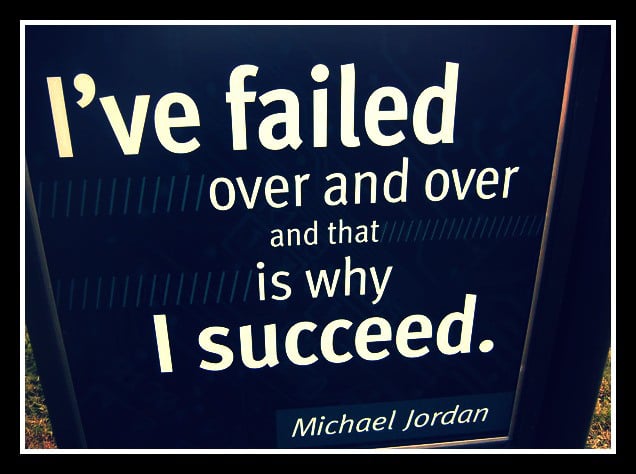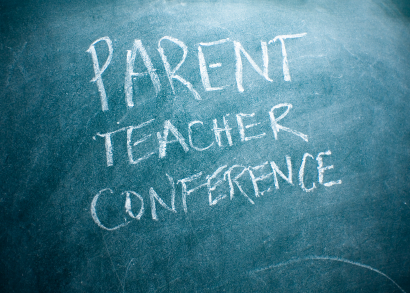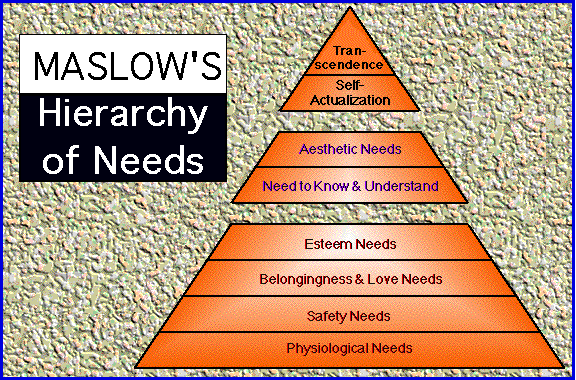by Ian Kelly and Heather Smith
Executive function is getting a lot of attention in the education community lately. As this terminology and the science behind it seeps into the vernacular of teachers and educational professionals families may feel left out of the party. While we always strive to keep the edu-babble (professional jargon) out of our conversations and communications with families, we sometimes can’t help ourselves. In this post, we define executive function and provide the foundation for a series of posts on this topic. Our hope is to provide adults with a working knowledge of the concept and strategies that will enable them to best support the child’s development of critical executive and metacognitive skills at home and in life.
Although there is debate amongst psychologists, neuroscientists and educators about how executive function should be defined exactly, there is consensus that executive function refers to a person’s ability to plan, execute, and monitor goal-oriented behavior. Lynn Meltzer (2007) defines it as: “goal setting, planning, organizing, prioritizing, memorizing, initiating, shifting, and self-monitoring” (p.xi) while Moran & Gardner (2007) define it as an intrapersonal combination of “hill, skill, and will” arguing that it is a combination of “metacognition, inhibiting habitual responses, delay of gratification, adjusting to changing rules, and making decisions under uncertain conditions” (p.19). There we go again, edubabble. So what does all of this mean?
Both you and your child engage in executive planning all day, every day. As an adult, you are not always aware of the fact that you are planning and there are times when you are acutely aware of the fact that you are not planning effectively (like when you forgot to pick up milk at the store). For most adults, these executive processes become so ingrained that they are second nature, almost reflexive. If you drive the same route to and from work everyday you may have had the experience of being on “autopilot.” Your cognitive system is so tuned to the route and the routine that you sometimes forget parts of the drive or you take that route even when you don’t mean to. This simple example illustrates the highly tuned and powerful executive skills of adults.
Unfortunately for kids, their autoplioting days are a long way off. Fortunately, they can all get there with your support. So, let’s get back to clarifying all of that edubabble we laid out earlier. Simply put, executive function is a network of cognitive skills and strategies that allows us to sustain goal oriented behavior. The process of sustaining that goal oriented behavior requires planning, doing, and assessing. Simple right? Wrong. It’s incredibly complex and it’s the place where most children spend the bulk of their physical, emotional and cognitive resources in learning.
The challenge for the adults trying to support children in developing executive skills lies in trying to remember the challenges of their own learning experiences. The automaticity of mature executive function skills make it easy to forget just how complex the world can be and how long it took to learn and become experts with certain skills. The first step in supporting kids in their development of executive skills is to appreciate the complexity and challenge that children face in learning things that, to us, seem routine (in edubabble this is called cognitive empathy).
The second step that adults can take to support the development of effective executive skills is to embrace, to the extent your sanity or their safety will bear, those questions as opportunities to support the acquisition of these skills. Children ask a million different questions about a million different topics. These questions can become frustrating as, over time, they can begin to feel mundane or unbelievably repetitive. Just try to breathe and remember that they are asking you these questions for a real reason that is meaningful to them.
And herein lies the third thing adults can do to support the general development of executive skills in the home and life setting. Barring any immediate safety concern (or that this question might put you over the edge for the day), answer their question with a question. Do this as often as possible. By answering their questions with questions, you force them to think, plan, act, and reflect. Too often we default to providing the answer. The real learning (and acquisition of executive skills) is in the process leading up to the answer. Take the following example of a typical interaction over homework and a modified interaction over homework.
Typical Adult Response:
Child: Mom, I don’t know what to do for my homework. What should I do?
Adult: Well, get out your homework packet and let’s go over it together.
Child: OK. Here it is.
Adult: (Reads over the packet) OK. The packet says that you need to read for 20 minutes. Why don’t you start there.
Modified Adult Response:
Child: Mom, I don’t know what to do for my homework. What should I do?
Adult: Hmmm. That’s a good question. Let’s think about that. What do you think we should do about this?
Child: I don’t know. What am I supposed to do?
Adult: Well, I am not sure either. Where should we start to begin solving this problem?
Child: My homework is in my backpack.
Adult: OK. I am glad to know that it is in your backpack. How will that information help us solve this problem?
While the modified scenario could go on and on, it is meaty enough to substantiate an important difference in the two conversations. In the first conversation the adult provided the answer. They did all of the thinking and all of the planning. In this first scenario, the child was a passive participant in the problem solving process. The second conversation treats the child as an active agent in resolving the day to day challenges they face. Asking the child to consider what they might do to solve the problem forces them to reflect on the problem, process the challenge, and develop potential courses of action to overcome the barrier. Every child can put forward a hypothesis to solve the homework problem. Their approximation of a solution may be way off base and it is our job, through guiding questions, to help them come to a solution that works. In doing so adults are well on their way to developing the executive skills that, as adults, these children will rely on to find success in life, relationships, and careers.
Our next post will focus on the social and interpersonal dimensions of executive function. If you have any questions or comments, please feel free to leave them below.











